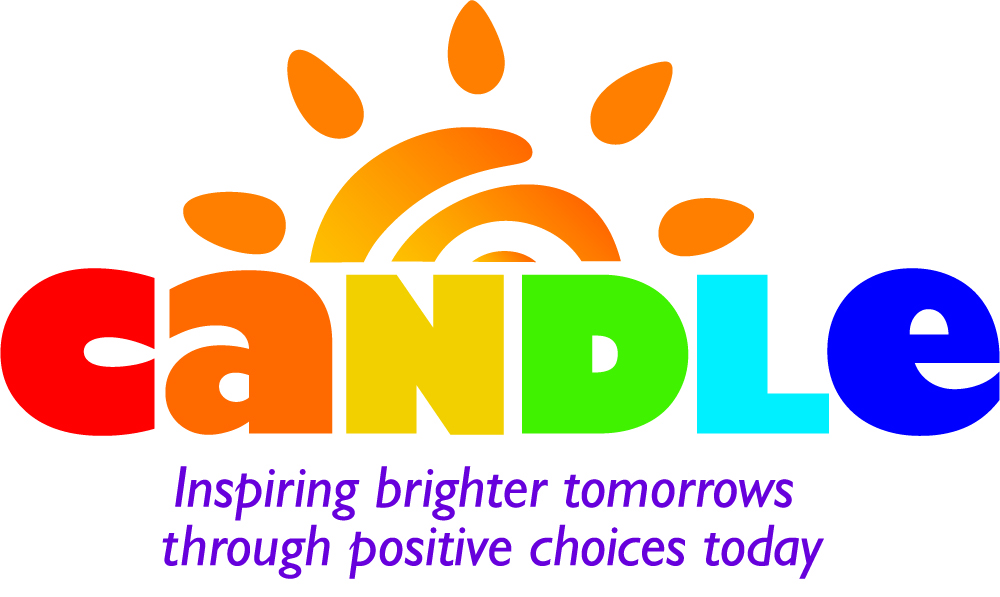Would you recognize any of these items if you found them in your home?
What is Vaping?
Vaping is the act of inhaling and exhaling an aerosol, like air freshener, bug spray or hairspray, produced by an electronic cigarette or similar device. Most vaping devices consist of a mouthpiece, a battery, a cartridge that contains e-liquid or e-juice, and a heating component that is powered by the battery. When the device is used, the battery heats up the heating component, which turns the contents of the e-liquid into an aerosol that is inhaled into the lungs and then exhaled.
Vapor is a liquid that has evaporated.
Aerosol is a mixture of liquid particles suspended in a gas and can contain many chemicals. Aerosols can leave tiny droplets behind in the lungs.
E-liquids and Flavoring
The e-liquid in vaping devices usually contains:
propylene glycol or vegetable glycerin
flavorings (i.e. Diacetyl)
nicotine, or THC (the chemical responsible for most of marijuana's mind-altering effects)
Vitamin E Acetate (mainly in devices that contain THC—used to dilute the THC in the e-liquid)
cancer causing chemicals and metals such as acrylonitrile, acrolein, acrylamide, propylene oxide, and crotonaldehyde
Studies are finding that even flavored liquids that do not contain nicotine or THC still deliver high levels of nano-particles, which deposit deep in the lungs.
Unlike the Food and Drug Administration’s regulations that are in place for traditional cigarettes, e-liquids are not held to the same standards. For example, traditional cigarettes can only be tobacco or menthol flavored, while vape flavors number in the thousands. These flavor choices make them attractive to young people. The most popular flavors of vapes in 2023 include:
icy mint
strawberry shortcake
blue razz ice
vanilla custard
cafe mocha
What is a “dispo” ?
Disposable vapes appeal to youth as they can literally throw away the evidence that they were vaping.
Social Media
Smartphone image of a person vaping and a vape.
Image of a person vaping emerging from a smartphone surrounded by like and comment images.
Congress sanctioned Juul for marketing to youth targeting in 2019,
and the vaping industry pivoted to advertising on social media
primarily through “influencers”, who may not have disclose their
financial relationship with a vape producer.
Some influencers post vaping content to youtube, snapchat, instagram and TikTok.
While many platforms have age filters and parental controls, no filter is 100% effective
in blocking this content.
Person vaping and using smart phone.
Health Effects
It is worth noting that there is a scarcity of long-term studies examining the health implications of vaping. Additionally, certain chemicals found in e-liquids, such as diacetyl, propylene glycol, arsenic, and vitamin E acetate, are deemed safe for ingestion but not for inhalation. Whether smoked or vaped, nicotine and THC both have adverse effects on the developing brain and body, leading to reduced concentration, impaired driving, heightened risk of addiction, and other detrimental outcomes. Furthermore, individuals in close proximity to those who vape are exposed to second and third-hand smoke.
Vitamin E acetate, an additive used to thicken e-liquids, is the first chemical of concern associated with EVALI. The CDC has found vitamin E acetate in all fluid samples collected from the lungs of patients with EVALI in the United States. They do not rule out that there may be other chemicals contributing to EVALI as well. Visit the CDC’s Vaping Website for the most current information.
Talking about Vaping
To share your concern with someone who is vaping:
Before the talk
Know the facts
Be patient and ready to listen
Set a positive example by being vape-free
Start the conversation
Find the right moment
Ask for support
Answer their questions
Keep the conversation going
Share facts and resources
Remind them and repeat that not everyone is doing it!
Remember, if someone you know has been vaping they are likely addicted to nicotine and/or THC. They will need assistance to quit.
Here are some places to start:
Your doctor or pulmonologist
There are several apps that can help on the journey to quitting. Click here for more details.
Other Resources
Center for Disease Control (CDC) - Information for Parents, Educators, and Health Care Providers
Center for Disease Control (CDC) - Electronic Cigarettes: Get the Facts
Center on Addiction - Recreational Vaping 101: What is Vaping
Child Mind Institute - Teen Vaping: What You Need to Know
Stanford Medicine - E-Cigarettes and Vape Pens
Gizmodo - Why E-Cigarettes Might Not Be as Safe as You Think
Still Blowing Smoke - There’s A Lot the E-Cig Industry Isn’t Telling Us About Vaping
Partnership for Drug-free Kids - How to Talk with Your Kids About Vaping
For more information or to schedule a training please contact CANDLE’s Executive Director, Jacqueline Sellin at jsellin@candlerockland.org 845-634-6677 ext. 114.








